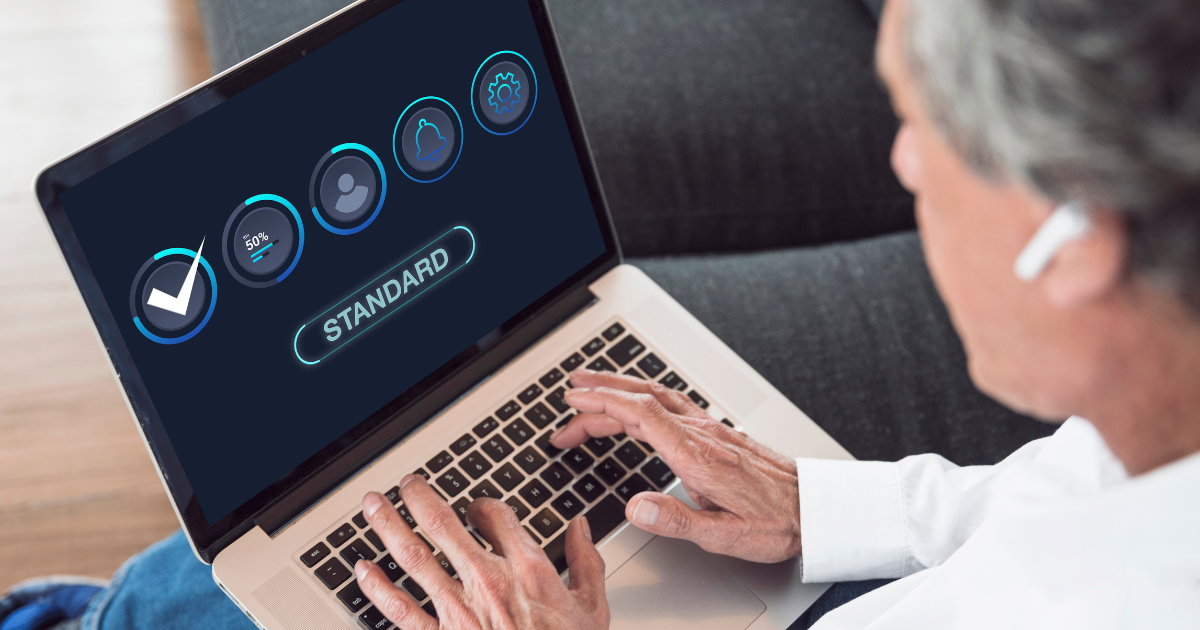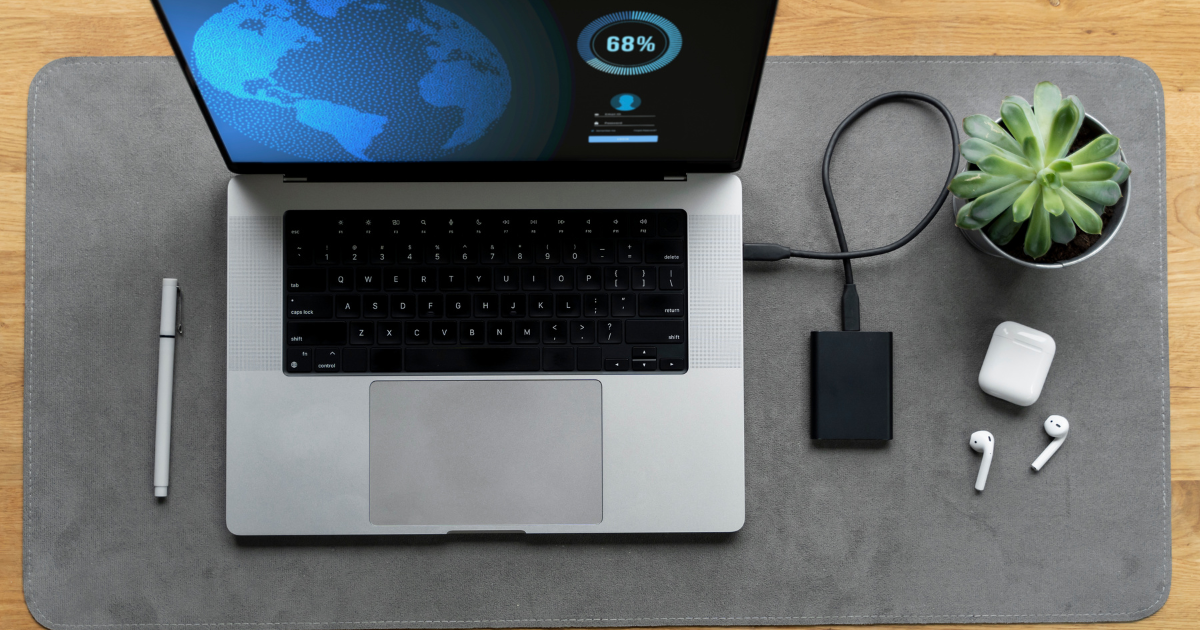Why Your Laptop Only Works When Plugged In—And How to Fix It Step-by-Step.
When have you unplugged your laptop, only instantly shut down, even though the battery shows it’s charged? If this sound familiar, don’t panic. You might not need a new battery yet. Sometimes, a simple software reset can get things working again.
In this guide, we’ll walk you through two quick and effective fixes for laptops that only work when connected to the charger, even if the battery appears to be charging.
Understand the Problem First.
This applies to you if:
Your laptop shows a battery icon and indicates it’s charging.
The battery percentage goes up over time when plugged in.
The laptop shuts off immediately when unplugged.
This does not apply to you if:
You don’t see a battery icon at all.
Your laptop says, “No battery detected.”
The battery isn’t charging at all.
If you’re seeing any of the signs, you might be dealing with a hardware problem, and these steps may not help.
Step 1: Reset the Battery Driver in Device Manager
Sometimes, the driver that manages battery communication in Windows becomes faulty or confused. Here’s how to reset it.
Instructions:
- Plug in your laptop to power.
- Open the Windows search bar, type Device Manager, and open it.
- Find and expand the section called “Batteries.”
- You’ll see two entries:
Microsoft AC Adapter`
Microsoft ACPI-Compliant Control Method Battery (this is the one we care about)
- Right-click on Microsoft ACPI-Compliant Control Method Battery and click Disable device.
- A warning will pop up—confirm it. Don’t worry, your battery is already not working properly.
- Wait a few seconds, then right-click again and select Enable device.
- You’ll now see the battery icon return to your taskbar.
- Restart your laptop, then unplug the charger to see if the battery now works normally.
Pro Tip: If the battery icon doesn’t come back after enabling, restart the system once more.
Step 2: Restore Windows Power Settings to Default
Still not working? Your laptop’s power plan might be misconfigured.
Instructions:
- Open the Window search bar, type “Command Prompt” or “cmd”, and right-click > Run as administrator.
- Type the following command carefully:
powercfg -restoredefaultschemes
- Press Enter.
- This will instantly reset all your power plan settings to the Windows defaults.
After this, restart your laptop again and test it by unplugging the charger.
Note: This step will remove any custom power plans (like High Performance or custom battery-saving modes) and reset to the Balanced plan.
What If Nothing Works?
If your laptop still shuts off when unplugged after trying both steps:
Possible causes:
The battery itself is faulty or dead.
The laptop is not detecting the battery correctly due to internal hardware failure.
The battery connection inside the laptop is loose or damaged.
What to do:
Why Your Laptop Only Works When Plugged In and How to Fix It Step-by-Step.
Check your warranty status—you might be eligible for a free repair.
Contact your manufacturer or a local repair shop.
If your battery is removable, consider buying a replacement.
For non-removable batteries, replacing them is still possible but may require technical skill or help from a technician.
Final Thoughts:
Before you spend money on a new battery or visit a repair center, try these two easy software fixes. In many cases, they resolve the issue in just a few minutes.




39 Comments
Good https://is.gd/tpjNyL
welcome thnks
Awesome https://is.gd/tpjNyL
Awesome https://lc.cx/xjXBQT
Very good https://t.ly/tndaA
so thanks you are great
Very good https://is.gd/N1ikS2
Awesome https://is.gd/N1ikS2
Good https://is.gd/N1ikS2
Awesome https://is.gd/N1ikS2
Good https://is.gd/N1ikS2
Good https://is.gd/N1ikS2
Good https://is.gd/N1ikS2
Super https://shorturl.fm/6539m
Best partnership https://shorturl.fm/A5ni8
https://shorturl.fm/68Y8V
https://shorturl.fm/oYjg5
https://shorturl.fm/XIZGD
https://shorturl.fm/A5ni8
https://shorturl.fm/68Y8V
https://shorturl.fm/9fnIC
https://shorturl.fm/XIZGD
https://shorturl.fm/68Y8V
https://shorturl.fm/N6nl1
https://shorturl.fm/m8ueY
https://shorturl.fm/XIZGD
https://shorturl.fm/m8ueY
https://shorturl.fm/Kp34g
https://shorturl.fm/0EtO1
https://shorturl.fm/47rLb
https://shorturl.fm/IPXDm
https://shorturl.fm/IPXDm
https://shorturl.fm/YZRz9
https://shorturl.fm/Xect5
https://shorturl.fm/uyMvT
https://shorturl.fm/ypgnt
https://shorturl.fm/nqe5E
https://shorturl.fm/PFOiP
https://shorturl.fm/LdPUr